
Science to policy
Ways to support
Ways to support
A major goal of the Wetlands Collaborative at National Great Rivers is to educate the broader community on the value and importance of wetlands. Wetlands are one of the most ecologically productive and economically important ecosystems globally, but they are also rapidly disappearing. In the United States, the lower 48 states have lost over 50% of their wetlands, and in Illinois, the loss has reached 90% since the late 1700s. The services provided by wetlands are vast and have a much larger impact than most realize outside the scientific community.
“We estimate that ecosystem services related to commercial fishing, water quality and supply, recreation, and flood control alone provide over $7.7 trillion in benefits annually within the conterminous United States”.
Wetland Watch will help train interested individuals about different wetlands types, how to identify wetlands in their communities and share that information with the Wetlands Collaborative at National Great Rivers. Sharing that information with our scientists will help inform research, education and outreach efforts on wetlands but could also help to inform policymakers at the local, state and national level to manage and protect wetlands. Wetlands are more and more viewed as valuable “natural infrastructure” because of the myriad benefits they provide.
Wetlands are defined as transitional areas between dry, upland areas and waterbodies.

 |
HydrologyThe presence of water or signs of water present (like the high water marks on the trees in the photo to the left). |
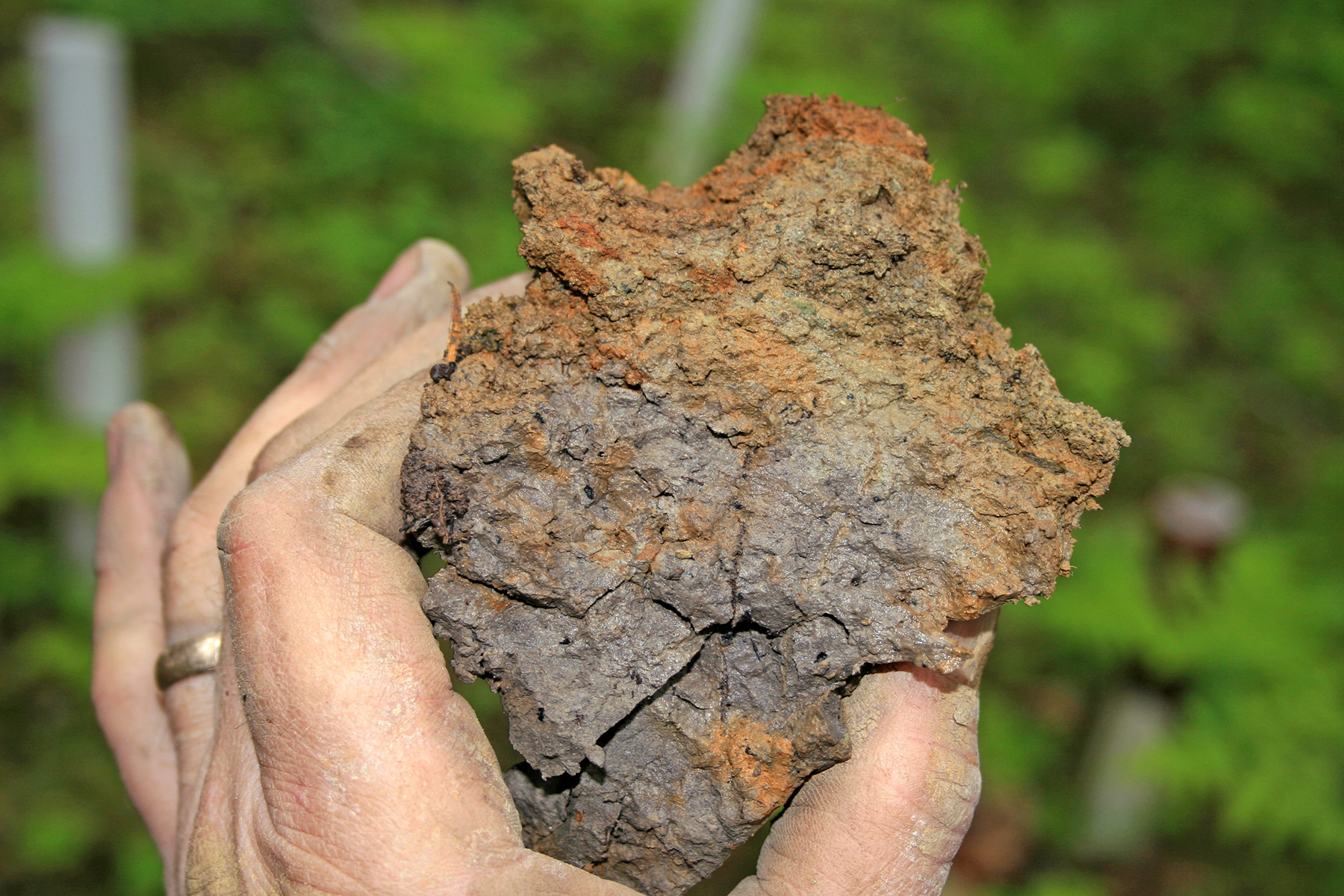 |
Hydric soilsSoils with specific properties that indicate water has sat in the area for long periods. They are usually evaluated based on visual appearance or colors (like the rust colors in the photo to the left). |
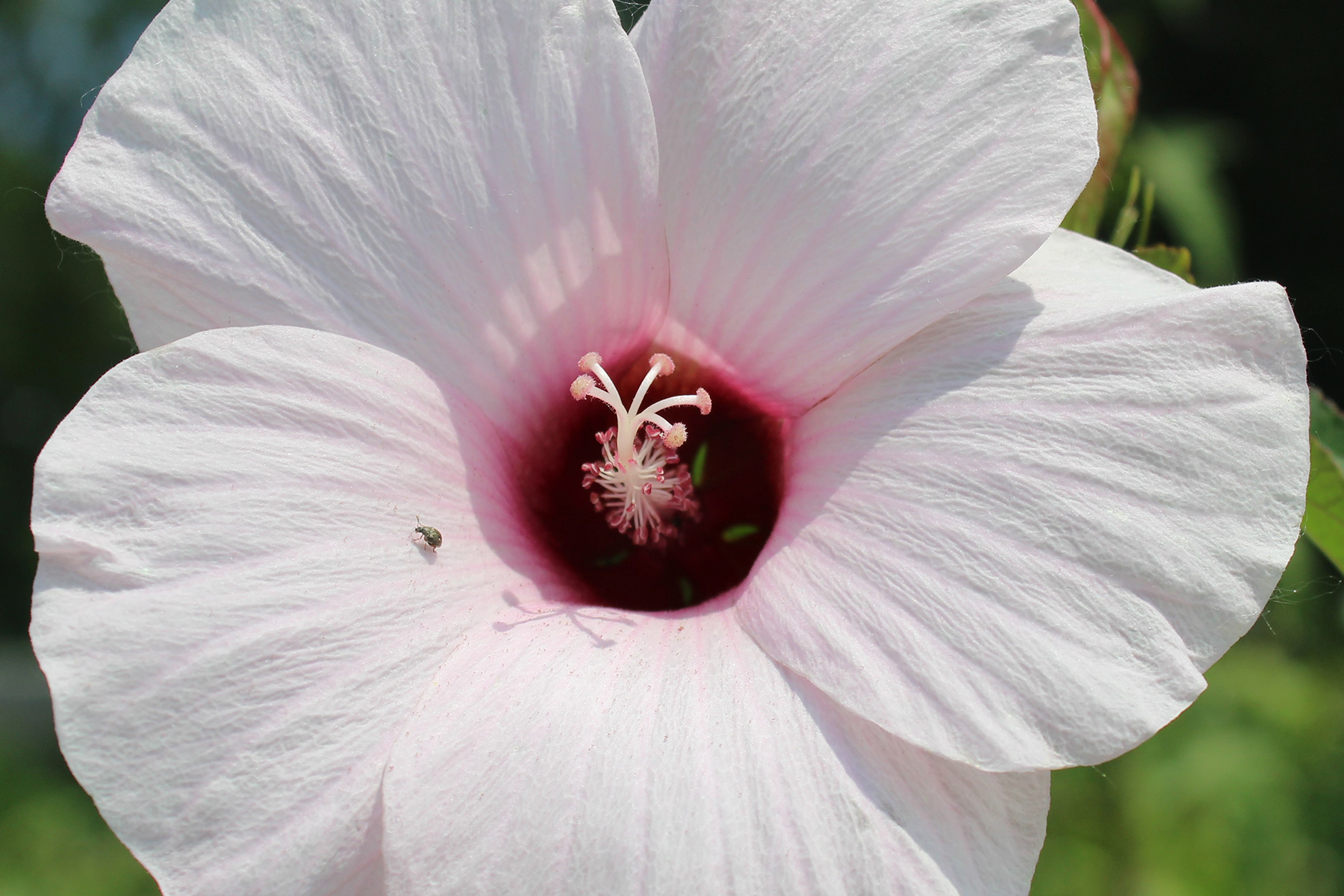 |
Hydrophytic plantsPlants whose roots won’t rot when inundated with water for long periods (cattails, water lily, lotus, bald cypress). |
|
|
|
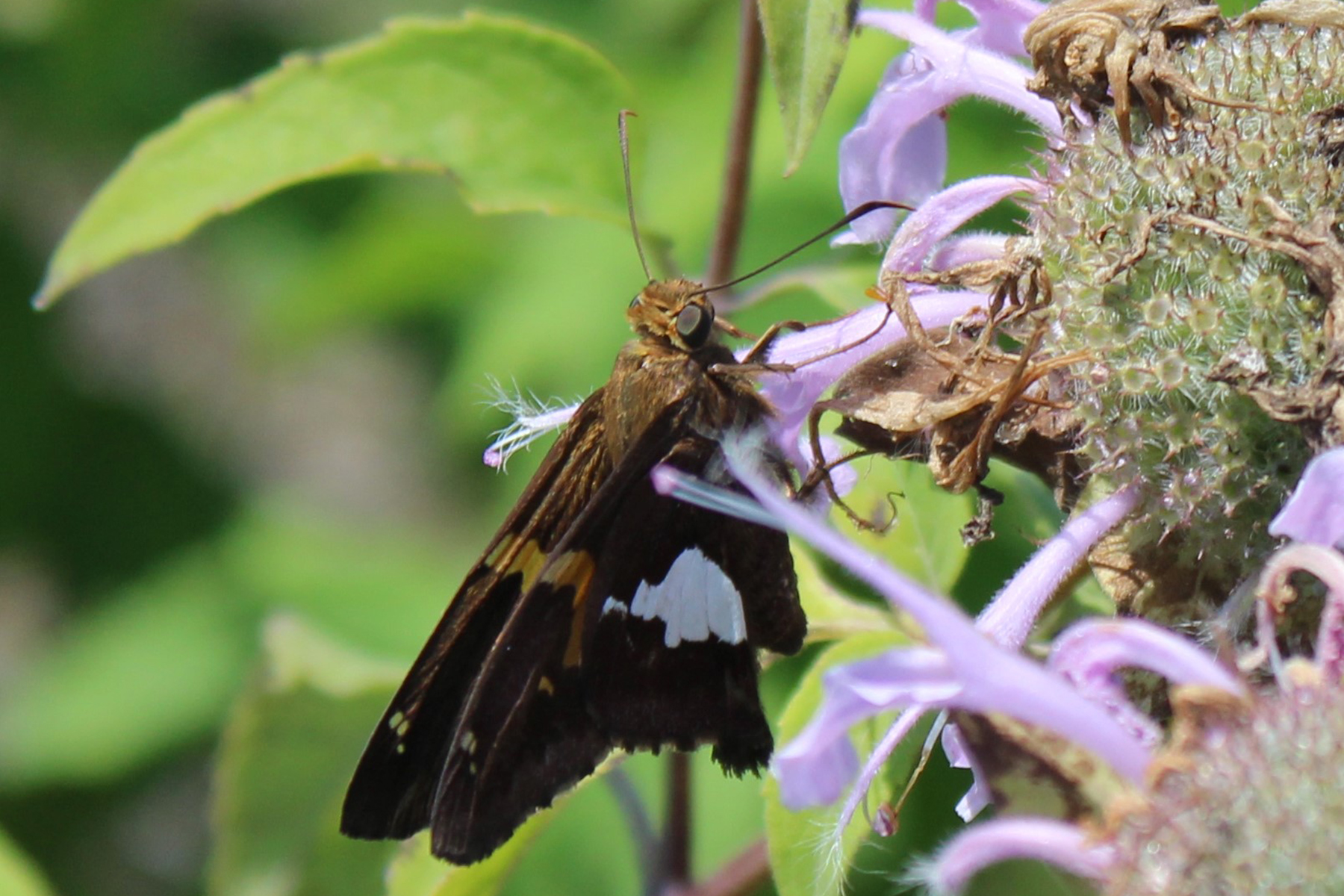 |
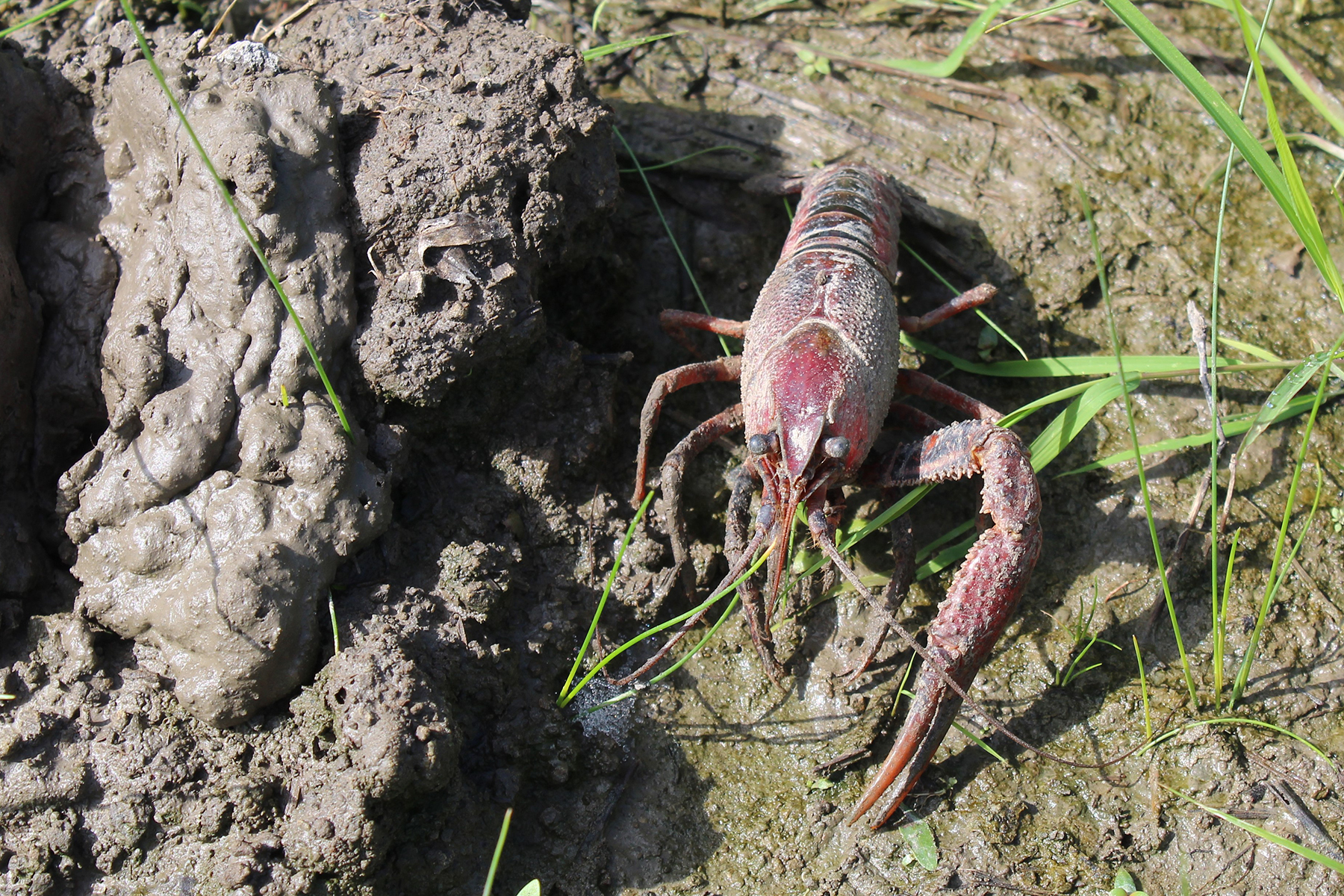 |
 |
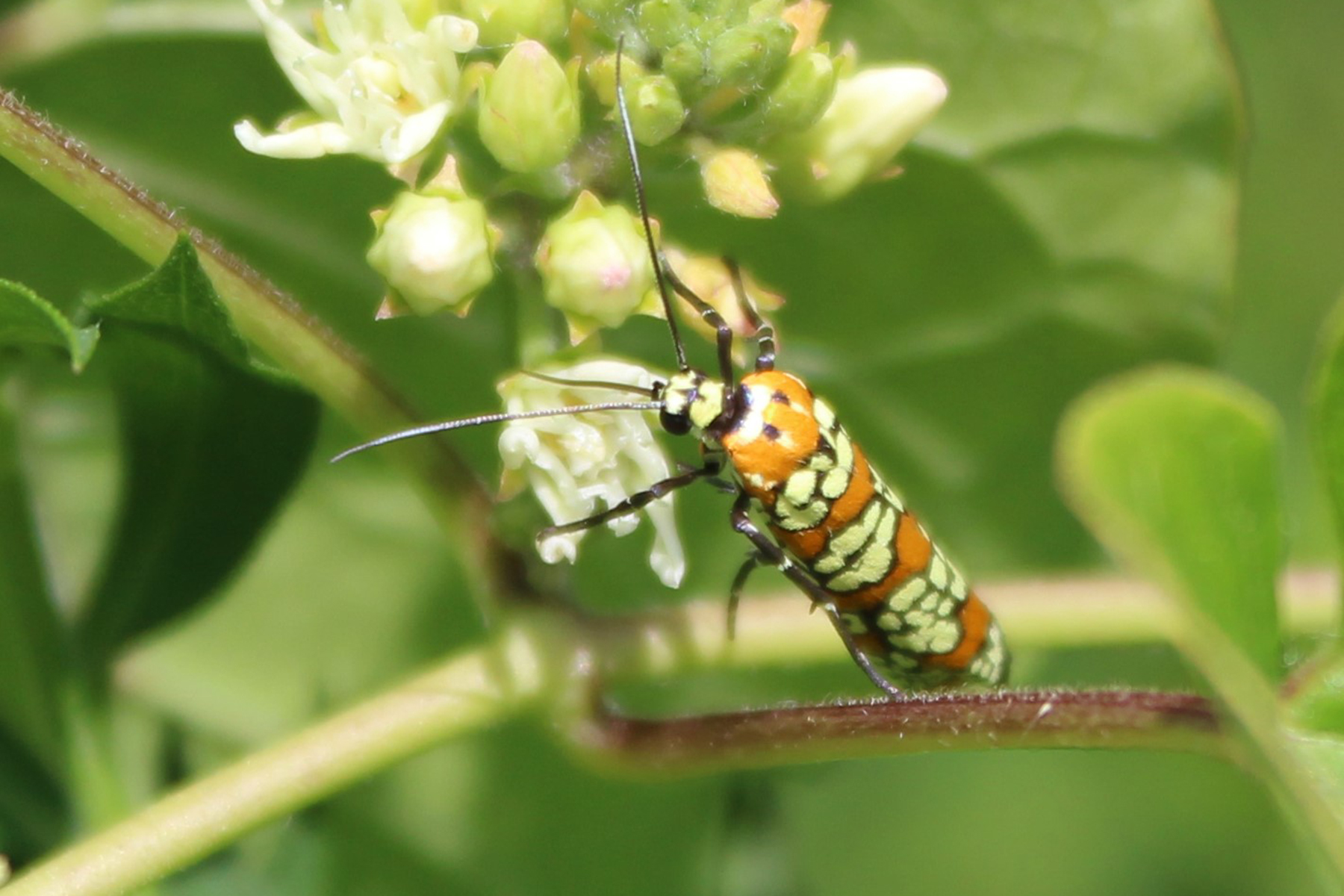 |